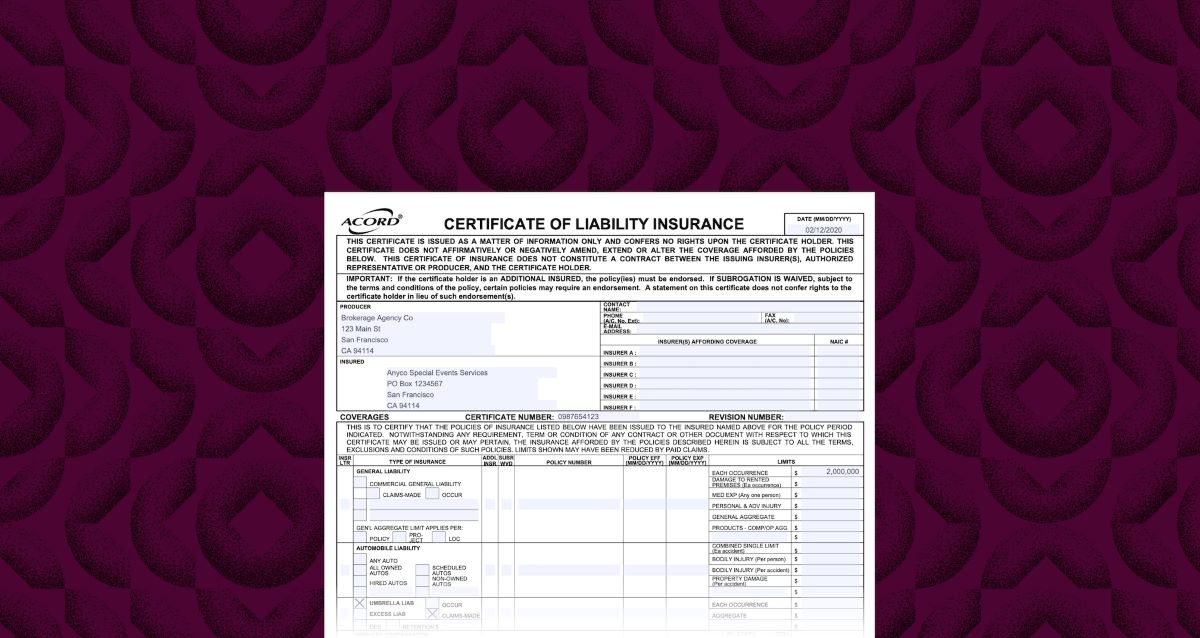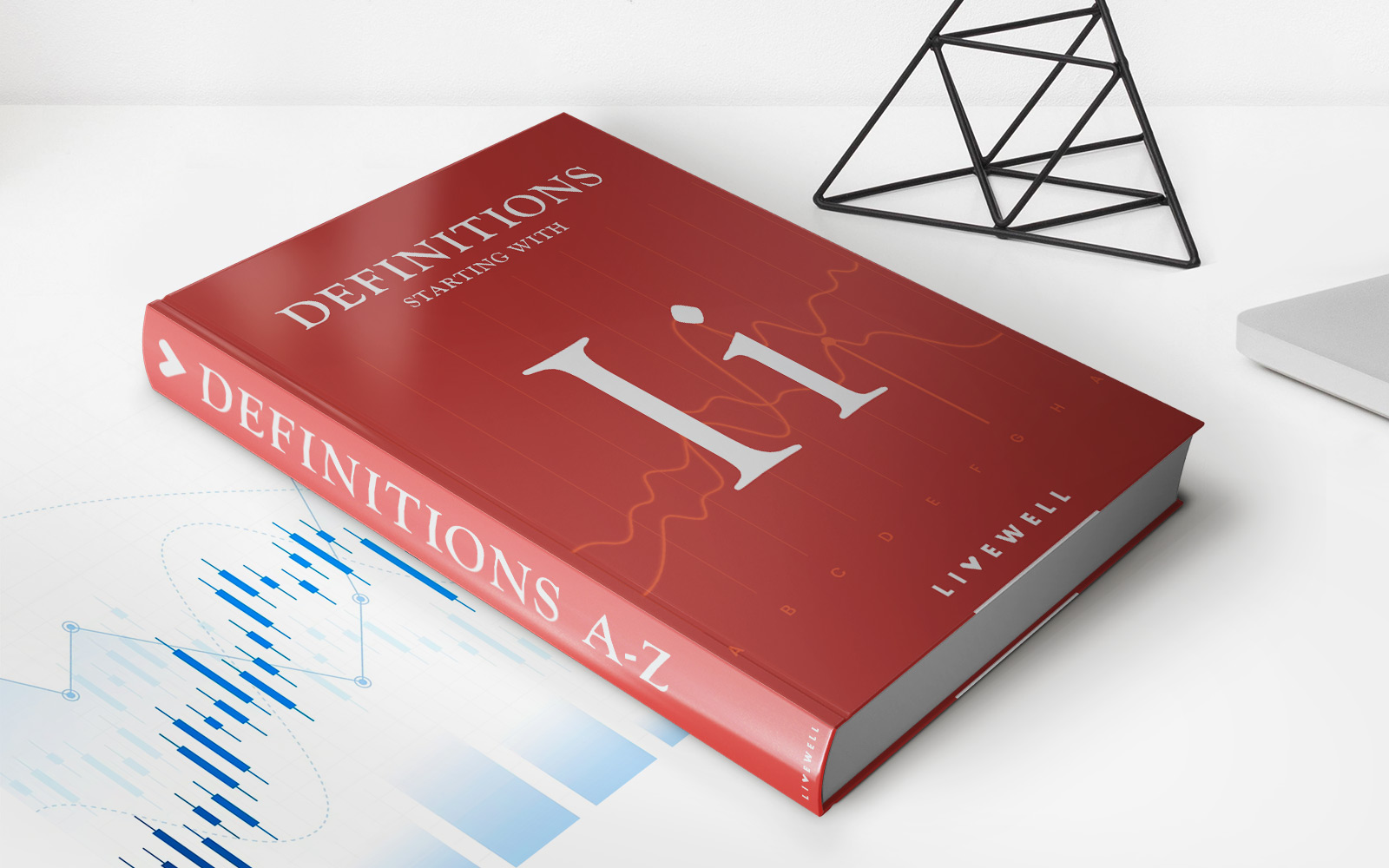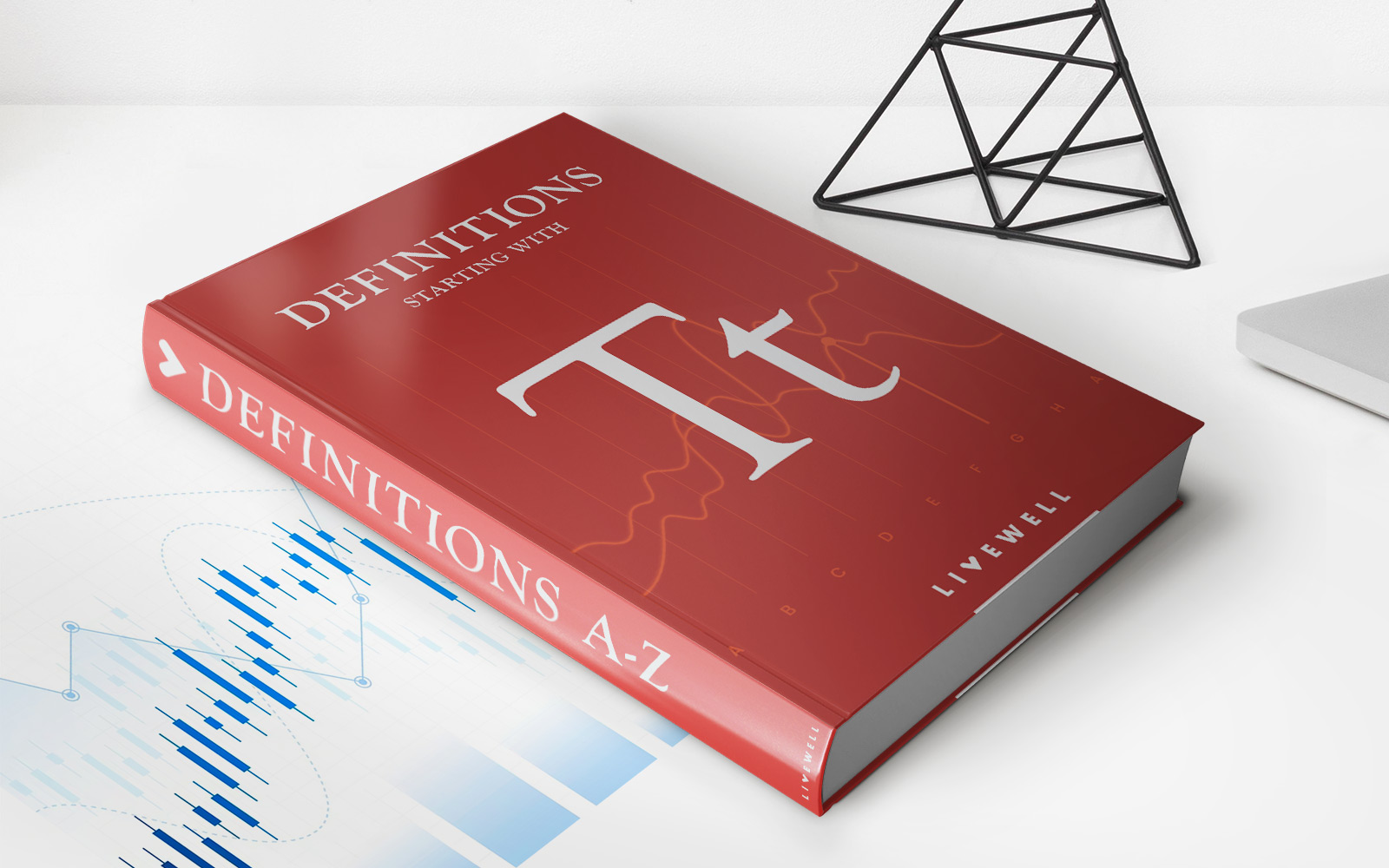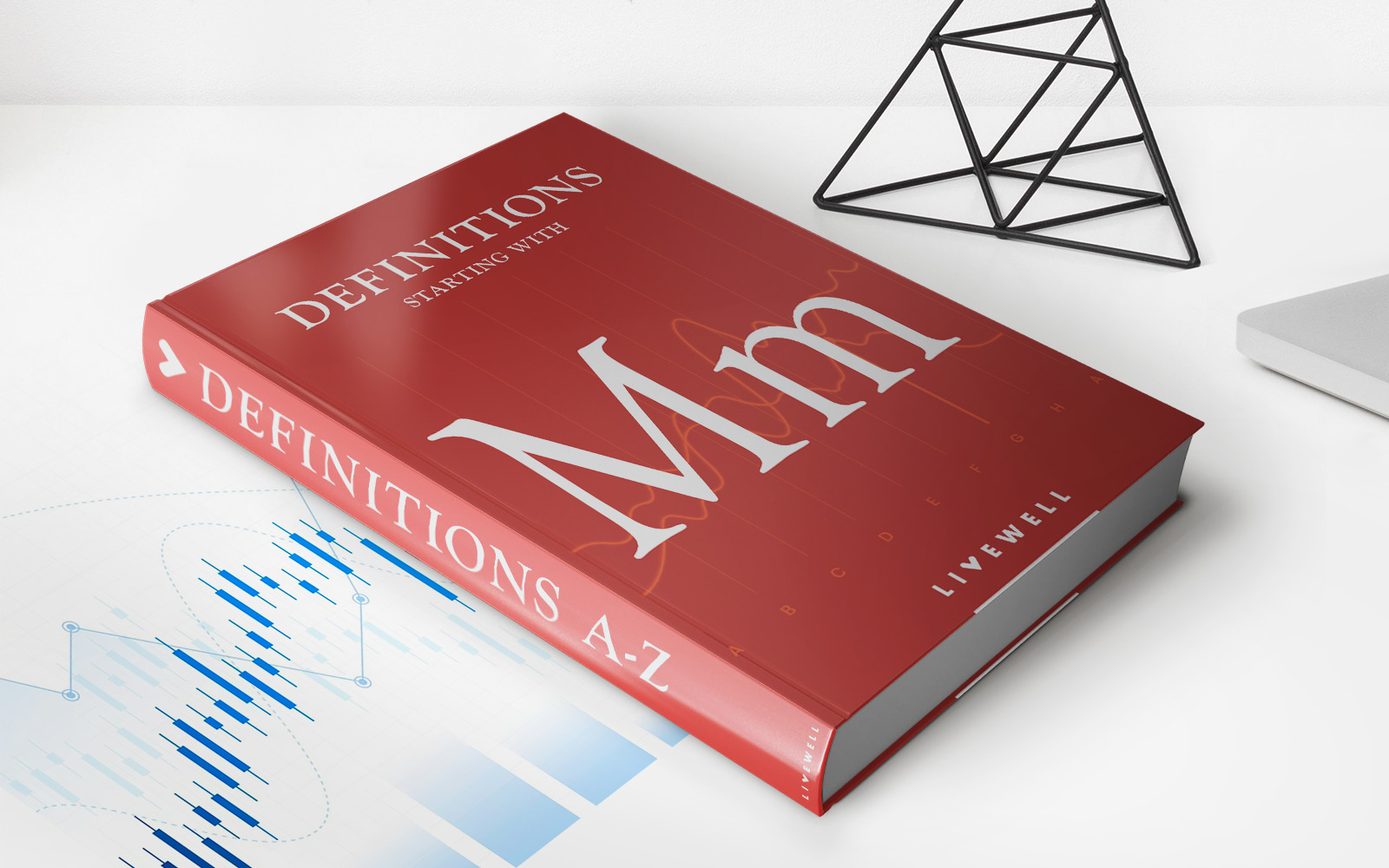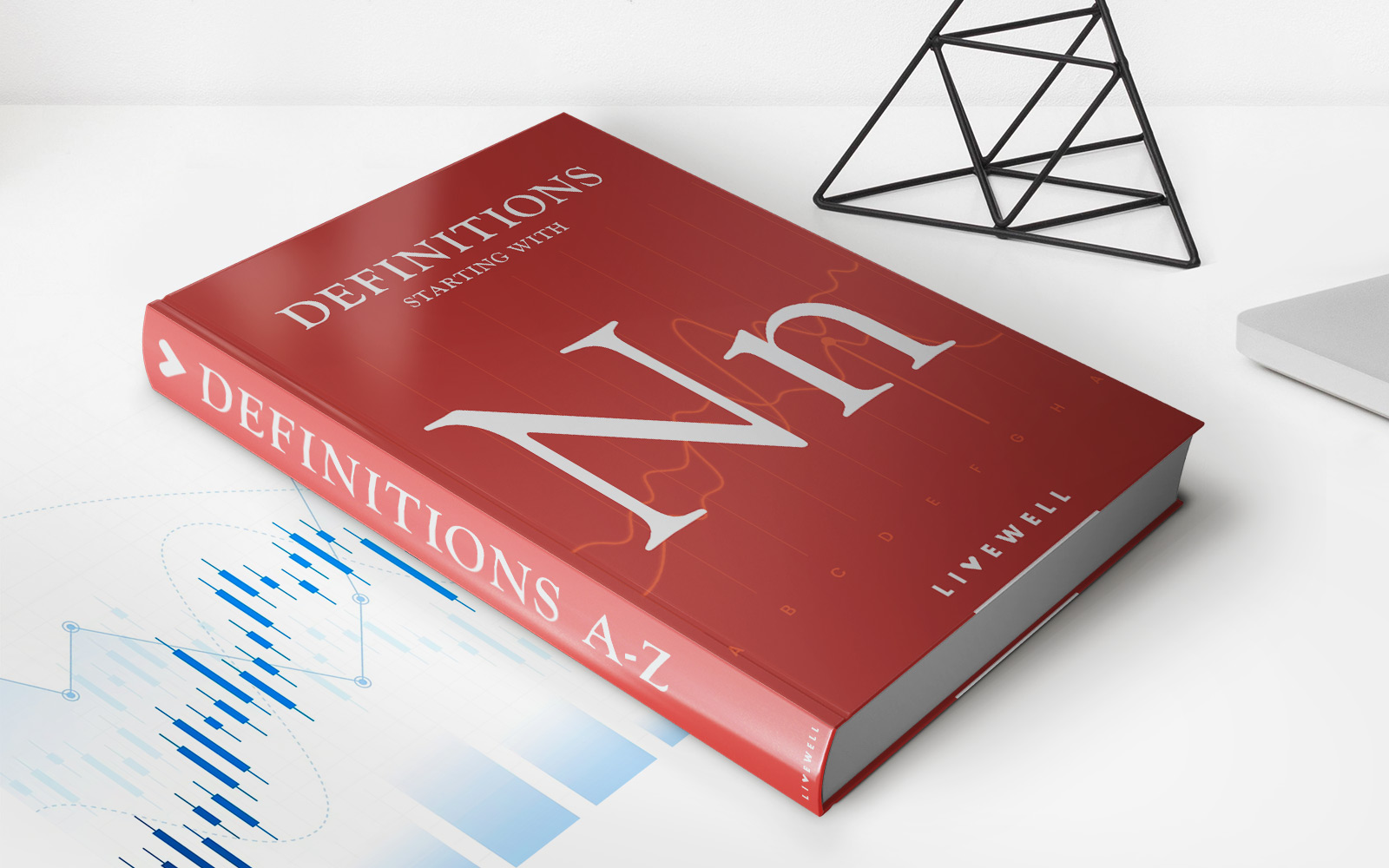Home>Finance>What Is Not Included In A Life Insurance Illustration


Finance
What Is Not Included In A Life Insurance Illustration
Modified: December 30, 2023
Learn what important details may not be included in a life insurance illustration and make informed decisions about your finances.
(Many of the links in this article redirect to a specific reviewed product. Your purchase of these products through affiliate links helps to generate commission for LiveWell, at no extra cost. Learn more)
Table of Contents
Introduction
Welcome to the world of life insurance! Life insurance is a critical tool that can provide financial protection and peace of mind for you and your loved ones. When exploring life insurance options, it’s important to have a clear understanding of what is included in a life insurance illustration and what is not.
A life insurance illustration is a document provided by insurance companies that provides a hypothetical representation of how a policy may perform over time. It typically includes key details such as premiums, death benefits, cash value accumulations, and policy expenses. This illustration serves as a visual aid to help you better understand the potential benefits and costs associated with a particular life insurance policy.
However, it’s important to note that a life insurance illustration is not intended to be an exact forecast of future policy performance. It is an estimate based on certain assumptions, such as interest rates, mortality rates, and policy expenses. These assumptions may change over time, impacting the actual performance of the policy.
Now that we have a basic understanding of what a life insurance illustration is, let’s dive deeper into the purpose of this document and what it includes.
Purpose of a Life Insurance Illustration
The primary purpose of a life insurance illustration is to provide potential policyholders with a visual representation of how a life insurance policy could perform over time. It serves as a tool to help individuals make informed decisions about their life insurance needs and select the right policy for their circumstances.
Here are a few key purposes of a life insurance illustration:
- Educational Tool: An illustration helps individuals understand the basic structure of a life insurance policy, including premiums, death benefits, and cash value accumulations. It breaks down complex concepts and allows individuals to visualize how the policy may evolve and impact their financial goals.
- Comparison: Life insurance illustrations allow individuals to compare different policy options side by side. By examining the projected performance of multiple policies, individuals can make more informed decisions about which policy aligns best with their financial needs and goals.
- Budgeting and Planning: A life insurance illustration provides insight into the premiums required to maintain a policy over time. This information helps individuals plan their budget and understand the long-term financial commitment involved in owning a policy.
- Policy Customization: Illustrations often allow for customization, such as adjusting premium payment frequency or exploring different riders and options. This flexibility allows individuals to fine-tune a policy to meet their specific needs and preferences.
Overall, the purpose of a life insurance illustration is to provide transparency and clarity to individuals considering a life insurance policy. It helps them understand the key features, benefits, and potential risks associated with the policy, ensuring they can make a well-informed decision.
What a Life Insurance Illustration Includes
A life insurance illustration is a detailed document that provides a thorough breakdown of how a life insurance policy works and performs over time. Here are the key components typically included in a life insurance illustration:
- Premiums: The illustration will outline the amount and frequency of premium payments required to keep the policy in force. It may include variations for different premium payment options, such as annual, semi-annual, quarterly, or monthly.
- Death Benefit: The death benefit represents the amount of money paid out to beneficiaries upon the insured individual’s death. The illustration will depict the projected death benefit over the life of the policy, taking into consideration any adjustments or policy conditions.
- Cash Value Accumulation: For policies with a cash value component, the illustration will demonstrate the potential growth of the policy’s cash value over time. It may show how premiums contribute to the cash value and how policy expenses affect its growth.
- Policy Expenses: The illustration will include an estimate of the various expenses associated with the policy, such as administration fees, mortality charges, and other policy-related costs. These expenses are deducted from premium payments and affect the policy’s cash value accumulation and potential returns.
- Policy Duration: The illustration will indicate the projected duration of the policy, typically specified in terms of years. This helps individuals understand how long coverage will last and how long they may need to pay premiums.
- Dividend Illustration: If the policy is eligible for dividends, the illustration may include a separate section that demonstrates the potential dividends over time. Dividends are not guaranteed and can vary based on the insurance company’s performance.
Additionally, a life insurance illustration may provide additional information, such as policy riders and options, surrender values, loan provisions, and other features specific to the policy. It is important to review these details thoroughly and consult with an insurance professional to ensure a comprehensive understanding of the policy’s terms and conditions.
Keep in mind that while a life insurance illustration can provide valuable insights into a policy’s potential performance, it is based on certain assumptions and projections. Actual policy performance may differ due to changes in interest rates, mortality rates, policy expenses, and other factors.
What Is Not Included in a Life Insurance Illustration
While a life insurance illustration provides a wealth of information about a policy’s potential performance, it’s important to understand what is not included in the illustration. Here are some key factors to keep in mind:
- Guarantees: Life insurance illustrations are based on certain assumptions and projections, but they do not guarantee specific policy performance. There may be guaranteed aspects of the policy, such as the death benefit, but the illustrated values are often non-guaranteed and subject to change.
- Investment Returns: If the life insurance policy has an investment component, such as indexed universal life or variable universal life, the illustration may show potential growth based on assumed investment returns. However, it’s important to note that actual investment returns can vary and are not guaranteed.
- Policy Charges: While an illustration may include policy expenses, it may not provide a detailed breakdown of all charges and fees associated with the policy. Some charges, such as surrender charges or premium loads, may not be clearly represented in the illustration and require separate examination of the policy contract.
- Mortality Risk: Life insurance illustrations assume a certain mortality rate, which affects the cost of insurance. However, individual mortality risk can vary based on factors such as age, health history, and lifestyle. The illustration may not reflect these individualized risk factors.
- Policy Lapse: An illustration assumes that premium payments will be made on time throughout the life of the policy. However, if premiums are not paid as scheduled, the policy may lapse or require additional premium payments to keep it in force. The potential consequences of policy lapses are not typically portrayed in the illustration.
- Changes in Assumptions: Illustrations are based on certain assumptions, such as interest rates or expenses, that may change over time. The illustration does not account for potential adjustments to these assumptions, which can impact the projected policy performance.
It’s crucial to understand that a life insurance illustration is just one piece of the puzzle when evaluating a policy. It’s important to review the policy contract, including all terms, conditions, and exclusions. Consulting with a licensed insurance professional can provide further clarity on these matters.
Remember, a life insurance illustration is a valuable tool for understanding the potential benefits and costs of a policy, but it should not be considered as a concrete prediction of how the policy will perform.
Conclusion
Understanding what is included and what is not included in a life insurance illustration is crucial when evaluating a life insurance policy. A life insurance illustration provides valuable information about the potential performance of a policy over time, helping individuals make informed decisions about their financial future.
Throughout this article, we discussed the purpose of a life insurance illustration and what it typically includes. We explored how it serves as an educational tool, helps with policy comparison, aids in budgeting and planning, and allows for policy customization. It provides individuals with a snapshot of premium payments, death benefits, cash value accumulations, and policy expenses.
However, it’s important to remember that a life insurance illustration has its limitations. It does not guarantee policy performance or investment returns. It may not provide a comprehensive breakdown of all charges and fees associated with the policy. The illustration is based on assumptions that may change over time, and it may not fully account for individual mortality risk or potential policy lapses.
When considering a life insurance policy, it’s essential to thoroughly review the policy contract, consult with a licensed insurance professional, and ask pertinent questions to gain a comprehensive understanding of the policy’s terms, conditions, and guarantees.
Ultimately, a life insurance illustration is a helpful tool to gain insights into the potential benefits and costs of a life insurance policy. It serves as a starting point for exploring different policy options and comparing their projected performance. By combining the information provided in the illustration with professional guidance, individuals can make more informed decisions and select a life insurance policy that aligns with their financial goals and priorities.



